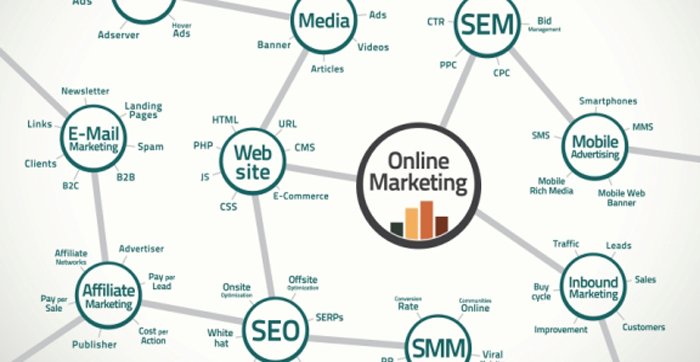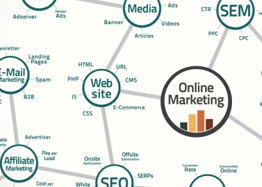
In the 1989 movie Field of Dreams, a voice from beyond the grave assures farmer Ray Kinsella (played by Kevin Costner), “If you build it they will come.”
Unfortunately, when it comes to digital advertising, it doesn’t always work out that way. According to a recent report from comScore, 54% of more than 1,000 surveyed display ads that ran across a variety of platforms between May 2012 and February 2013 were not seen by a single consumer. Brands built them, but nobody came.
There are a variety of reasons online display ads fall down the rabbit hole, including technical glitches, consumer avoidance and fraud (which, according to one estimate, accounts for 10% to 15% of all display-ad revenue). And when you consider that companies shelled out almost $6 billion on online display advertising last year alone (via eMarketer), it’s easy to see why that might be a concern.
In an effort to get a better grasp on the success or failure of their campaigns, online marketers increasingly are turning to advertisement verification services — which rely on tagging and data analytics to make sure display ads are being seen correctly and in a brand-safe context. The drive for verification comes as programmatic ad-buying channels have grown in size and reach, which makes trafficking and targeting errors harder to spot.
According to research from Integral Ad Science (IAS), during the first half of 2012, more than 7% of display ads appeared on sites that had the potential to harm their brands.
The technology has since evolved and is now applied to gauge:
• Viewability – including the location on a webpage where an ad first loads and how it is viewed;
• Redundancy – to make sure that ads are being delivered in such a way to maximize potential. (In one study, IAS found that 20% of ads collide with an ad from the same campaign);
• Audience Verification – to ensure campaigns are reaching their target audience;
• Attribution – to measure things such as how a campaign is performing across different types of sites.
Since its emergence as a market segment about three years ago, ad verification has becoming an increasingly important component of a brand’s marketing toolkit. In 2012, the Interactive Advertising Bureau (IAB) released its “Guidelines for the Conduct of Ad Verification” as a common set of methods and practices for conducting ad verification services. The standards have more than 50 signatories, including a dozen ad-verification solutions providers.
With massive cross-channel digital campaigns delivered via global ad networks now the norm, leaving ad delivery up to the whims of chance is a chaotic and potentially counterproductive strategy for brands. Luckily, emerging ad verification solutions are giving them the power to take back control.

